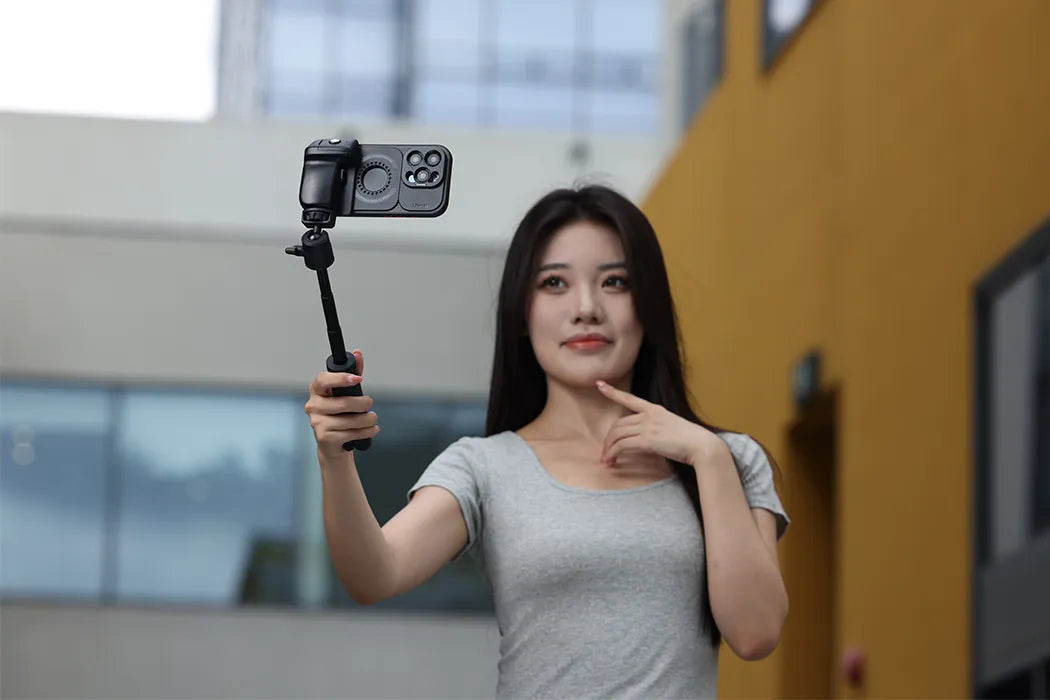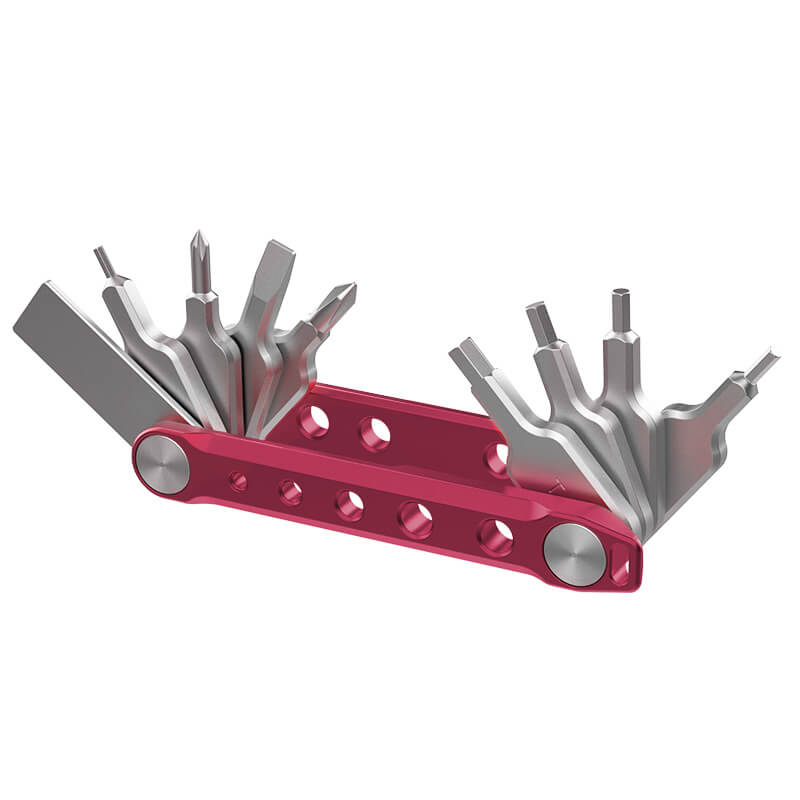It's very common to see that smartphones have become powerful tools for capturing life's moments, and the iPhone is no exception. With its advanced camera technology and user-friendly interface, the iPhone has made it possible for anyone to record high-quality videos without the need for expensive equipment. However, to truly maximize the potential of your iPhone's video recording capabilities, there are several hardware and software aspects to consider.

Hardware Enhancements for Better iPhone Videos
The hardware you use can make a significant difference in recording high-quality videos with your iPhone. Here are some tips to help you optimize your iPhone's hardware for better video recording:
1. Choose a Bright, Sunlit Setting for Your Videos
Good lighting is essential for capturing clear and vibrant videos. Whenever possible, try to record your videos in a location with plenty of natural light, such as outdoors on a sunny day or near a large window.

2. Shoot Videos With Your Phone's Back Lens
While the front-facing camera is convenient for selfies and video calls, the rear camera lenses on your iPhone are typically of higher quality. For the best results, use the rear camera lenses when recording videos.
3. Avoid Digital Zoom in Videos
When you pinch to zoom on your iPhone, you're actually using digital zoom, which can result in a loss of quality. Instead, try moving your phone closer to your subject for a clearer, more detailed shot.
4. Use Apple Watch for Camera Views
If you have an Apple Watch, you can use it as a remote viewfinder for your iPhone's camera. This can be especially helpful when you need to position your iPhone in a hard-to-reach spot or want to be in the shot yourself.
5. Record With a Secondary iPhone
If you're recording a video with multiple people or in a noisy environment, consider using a second iPhone as a dedicated microphone. Simply start a voice memo on the second iPhone and place it near the person speaking, then sync the audio with your video in post-production.
6. Elevate Your Videos With a Phone Video Kit
A phone video kit can provide you with a range of versatile DIY modules for creative flexibility. Take Ulanzi O-LOCK Phone Video Kit for iPhone 15 Pro / Pro Max as an example, this kit adds professional flair to your phone videography with its array of modular accessories. With the right phone video kit, you can set for a seamless, high-quality video recording experience.

7. Get Steady Videos With a Simple Tripod
With a reliable tripod, time-lapse videos, long exposures, and interviews are all within your grasp, no longer limited by hand tremors or fatigue. It transforms the solitary act of handheld recording into a stable and focused operation, ensuring that each frame is as steady as your vision.

Software Settings and Techniques for Enhanced iPhone Videos
In addition to hardware enhancements, there are several software settings and techniques you can use to improve the quality of your iPhone videos. You can refer to the below suggestions to help get the most out of your iPhone's video recording software:
1. Switch Your iPhone to 4K Recording
If your iPhone supports 4K video recording, consider switching to this higher resolution for the best possible video quality. To do this, go to Settings > Camera > Record Video, and select "4K at 30 fps" or "4K at 60 fps."
2. Make iPhone Videos More Cinematic at 24 FPS
For a more cinematic look, try shooting your videos at 24 frames per second (fps) instead of the default 30 fps. This can give your videos a more film-like quality and help them stand out from typical smartphone footage. To change this setting, go to Settings > Camera > Record Video, and select "24 fps."
3. Turn off Hdr to Ensure Consistent Quality
While HDR (High Dynamic Range) can be great for photos, it can sometimes cause issues with video recording, such as flickering or uneven exposure. To avoid these problems, consider disabling HDR video by going to Settings > Camera > Record Video, and toggling off "HDR Video."
4. Use the Grid for Perfectly Composed Shots
The grid is a helpful tool for composing your shots and ensuring that your iPhone is level while recording. To enable the grid, go to Settings > Camera, and toggle on "Grid."
5. Maintain Perfect Exposure With AE/AF Lock Feature
To avoid automatic lighting changes while recording, try locking in your exposure by tapping and holding on the screen until the "AE/AF Lock" icon appears. This will keep the exposure consistent throughout your shot.
6. Explore iPhone's Shooting Modes
Finally, don't forget to experiment with the iPhone's various shooting modes, such as Cinematic, Slow-motion, and Time-lapse. Each of these modes can help you create unique and engaging videos that stand out from the crowd.

Unlock Your iPhone's Video Potential Now!
Capturing top-tier video content with your iPhone might seem like a feat reserved for the pros, but it's not as daunting as it appears. Embarking on this journey isn't an instant success story-it's an adventure in exploration and adaptation. As you tinker with settings and play with perspectives, you'll likely uncover even more handy tips and tricks that elevate your footage beyond the ordinary. So, don't wait for perfection to find you; chase it down with every clip you capture. And what are you waiting for? Grab your iPhone and start recording those unforgettable moments today!






